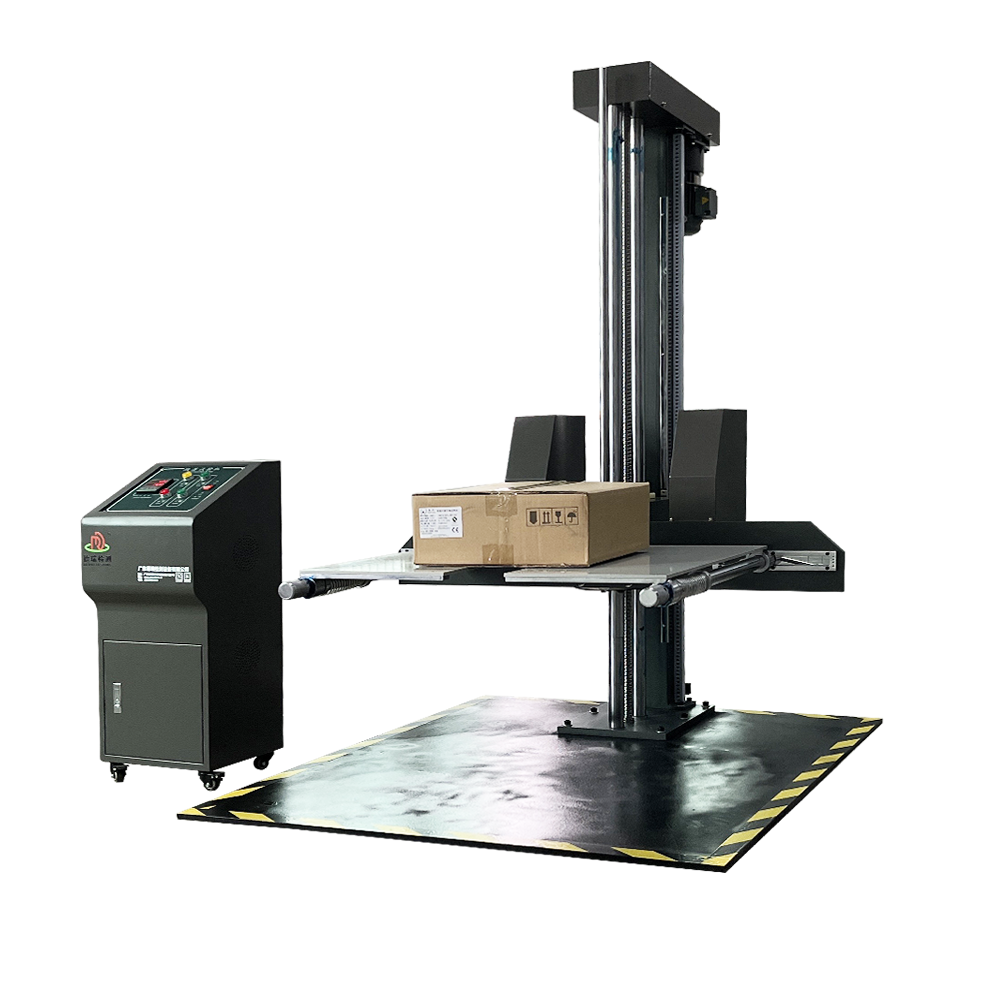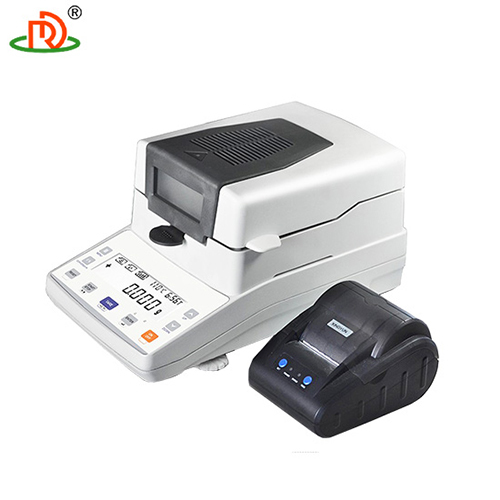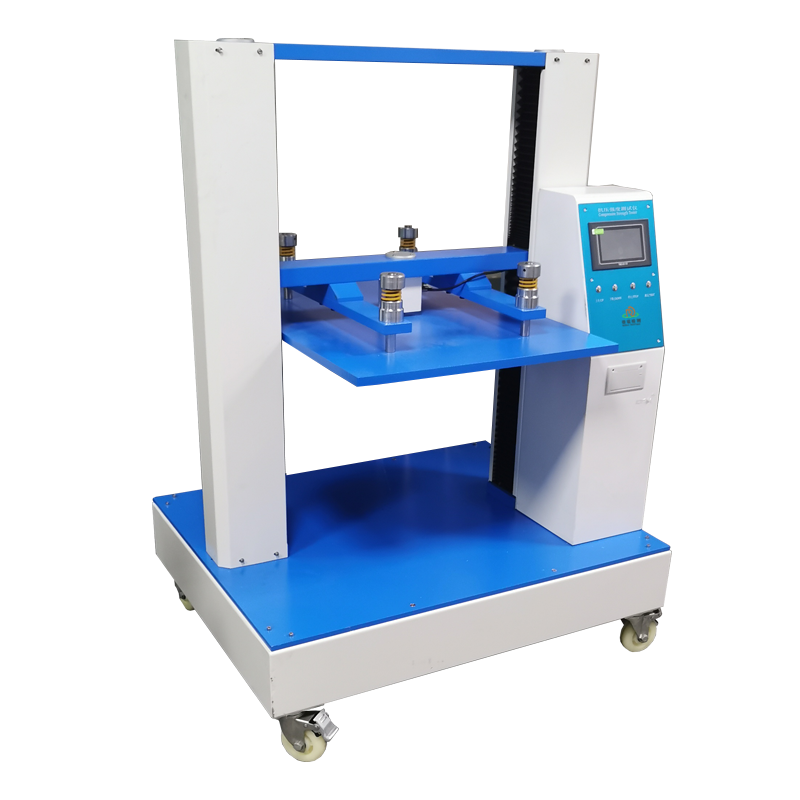
ISTA 3A Drop Test Procedure for Packaging
Product Details:
ISTA 3A Drop Test Procedure for Packaging Price And Quantity
- 1 Unit
- 158005.0 INR/Unit
ISTA 3A Drop Test Procedure for Packaging Trade Information
- Cash in Advance (CID)
- 90 Unit Per Month
- 5 Days
- All India
Product Description
The ISTA 3A Drop Test Procedure for Packaging is a widely recognized testing standard used to assess the durability of packaging materials. This procedure is essential for evaluating how packaging withstands drops and impacts during shipping and handling. By simulating real-world conditions, this test helps to ensure that products arrive intact, safeguarding both the contents and the reputation of the manufacturer.
Key Functions of the ISTA 3A Drop Test Procedure
The ISTA 3A Drop Test is designed to evaluate packaging resilience under various impact scenarios. The procedure involves dropping packaged products from a predefined height onto different surfaces, mimicking the stresses they would face during transportation. This testing ensures that the packaging is robust enough to protect the contents, reducing the risk of damage, returns, or customer dissatisfaction.
Key functions of the ISTA 3A Drop Test Procedure include:
- Simulating Real-World Drops: Replicates the conditions of falls, shocks, and impacts experienced during shipping, ensuring a realistic assessment of packaging strength.
- Assessing Package Integrity: Identifies weak points in packaging that may cause product damage, allowing for corrective measures before products reach the market.
- Comprehensive Damage Assessment: The procedure provides insights into how packaging performs when subjected to different drop heights and angles.
Features of the ISTA 3A Drop Test Procedure for Packaging
-
Multiple Drop Heights and Surfaces: The test procedure incorporates various drop heights, from low to high, along with different impact surfaces to simulate the diversity of transportation conditions. This flexibility is essential for ensuring packaging durability across a range of shipping environments.
-
Standardized Testing Methodology: The ISTA 3A procedure is based on established industry standards, ensuring uniformity and reliability in testing. The use of standardized methods helps to guarantee that packaging solutions meet international requirements for product protection during transit.
-
Adaptable to Various Packaging Types: Whether for small consumer goods or larger, more fragile items, the ISTA 3A Drop Test Procedure is adaptable to test various packaging formats. This versatility makes it a valuable tool for manufacturers in multiple sectors.
-
Impact Angle and Drop Configuration: The test can be configured to simulate impacts from different angles, offering a comprehensive view of how the packaging will perform in various situations. By varying drop angles, the procedure ensures the packaging's resilience is accurately measured.
Installation and Setup of the ISTA 3A Drop Test Procedure
Setting up an ISTA 3A Drop Test system requires careful attention to detail to ensure accurate and reproducible results. Heres how to install and prepare the test system:
-
Select the Testing Equipment: Choose a drop test machine that meets the requirements for height, weight, and package size. Ensure the machine has adjustable features to accommodate various drop heights and angles.
-
Prepare the Test Area: The drop test area should be clear of obstacles and equipped with shock-absorbent surfaces to ensure that the packaging undergoes controlled impacts. Proper space allows for different drop configurations and easy handling of packages during testing.
-
Calibrate the Machine: Before running tests, calibrate the drop test machine to ensure accurate height adjustments and drop configurations. Calibration helps maintain consistency across multiple test runs.
-
Position the Packaging: Place the packaging securely in the test area, ensuring that the product is aligned with the machines drop path. Proper positioning is crucial for consistent testing results.
-
Monitor the Test: Run the test under controlled conditions, observing the packagings response to each drop. Document any signs of damage or failure to assess the packagings integrity.
Important Considerations During the ISTA 3A Drop Test Procedure
When conducting the ISTA 3A Drop Test, certain precautions should be taken to ensure the validity and effectiveness of the testing process:
-
Consistency in Setup: Ensure that the machine setup, including drop height and surface type, is consistent for each test to provide reliable and comparable results.
-
Test Multiple Samples: Run the test on several samples of packaging to assess the consistency of packaging performance across different units. This helps identify variations in packaging strength and quality.
-
Follow Standardized Guidelines: Adhering to the official ISTA 3A Drop Test Procedure guidelines is crucial to maintain the integrity of the test and ensure compliance with industry standards.
-
Evaluate Packaging Materials: Consider testing different materials, such as cardboard, foam inserts, and plastic, to understand how different types of packaging respond to impact stress. This information helps in selecting the most suitable material for specific products.
-
Record and Analyze Data: Keep detailed records of each test, including the drop heights, impact surfaces, and any observed damage. Analyzing the results will provide insights into potential weaknesses in packaging and suggest areas for improvement.
- Specifications:
Item
Description
Drop height
400-1500mm (can be customized)
Display method
Digital display
Max. weight of sample
60kg (can be customized)
Max. size of sample
(L*W*H) 800*800*800mm
Drop panel area
1400x1200mm (material is Solid steel plate)
Control box dimension
(L*W*H) 350*350*1100mm
Deviation of drop horizon
Less than 1
Machine size
(L*W*H)1400*1200*2200mm

Price:
- 50
- 100
- 200
- 250
- 500
- 1000+








 English
English Spanish
Spanish French
French German
German Italian
Italian Chinese (Simplified)
Chinese (Simplified) Japanese
Japanese Korean
Korean Arabic
Arabic Portuguese
Portuguese